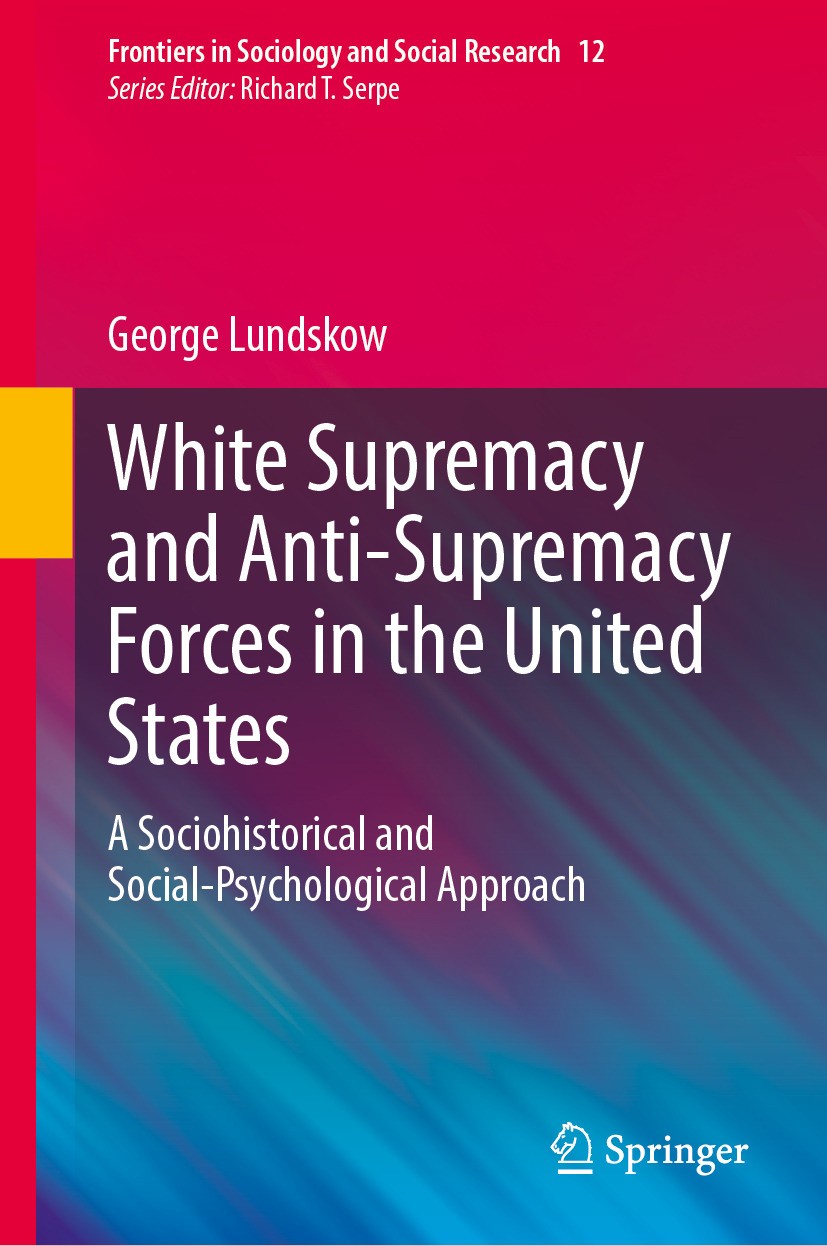| 书目名称 | White Supremacy and Anti-Supremacy Forces in the United States | | 副标题 | A Sociohistorical an | | 编辑 | George Lundskow | | 视频video | http://file.papertrans.cn/1028/1027996/1027996.mp4 | | 概述 | Connects historical events to social character types.Documents the dialectic battle between reactionary and progressive social forces in the United States over time.Proposes solutions to reinforce dem | | 丛书名称 | Frontiers in Sociology and Social Research | | 图书封面 |  | | 描述 | .This book applies the most recent research in social psychology to decisive historical events that arguably built white supremacy as a cultural force, institutional system, and dominant social character. Simultaneously, the discussion considers the progressive counter-forces that have and continue to challenge white supremacy, and how this dialectical battle has brought the United States to the polarizations of the present day. The book builds a four-part argument. First, it considers the origins of white supremacy in the United States, and how some people uphold it today. Second, it discusses personality types that find white supremacy appealing. Third, it lays out the sociohistorical patterns that promoted white supremacy, rewarded people who practiced it, and created generations of people who find meaning and comfort in racist, misogynist, and heteronormative domination. Fourth, it discusses the social counterforces that challenge white supremacy and links these to personality types as well...Overall, the book examines how social character correlates with differing personality types, resulting in very different social movements, cultural expressions, political activities, and d | | 出版日期 | Book 2024 | | 关键词 | 20th Century Labor Movements; Black Panther People’s Party; American Slavery; Racialized Culture; Religi | | 版次 | 1 | | doi | https://doi.org/10.1007/978-3-031-60563-5 | | isbn_softcover | 978-3-031-60565-9 | | isbn_ebook | 978-3-031-60563-5Series ISSN 2523-3424 Series E-ISSN 2523-3432 | | issn_series | 2523-3424 | | copyright | The Editor(s) (if applicable) and The Author(s), under exclusive license to Springer Nature Switzerl |
The information of publication is updating

|
|
 |Archiver|手机版|小黑屋|
派博传思国际
( 京公网安备110108008328)
GMT+8, 2025-11-5 15:21
|Archiver|手机版|小黑屋|
派博传思国际
( 京公网安备110108008328)
GMT+8, 2025-11-5 15:21


